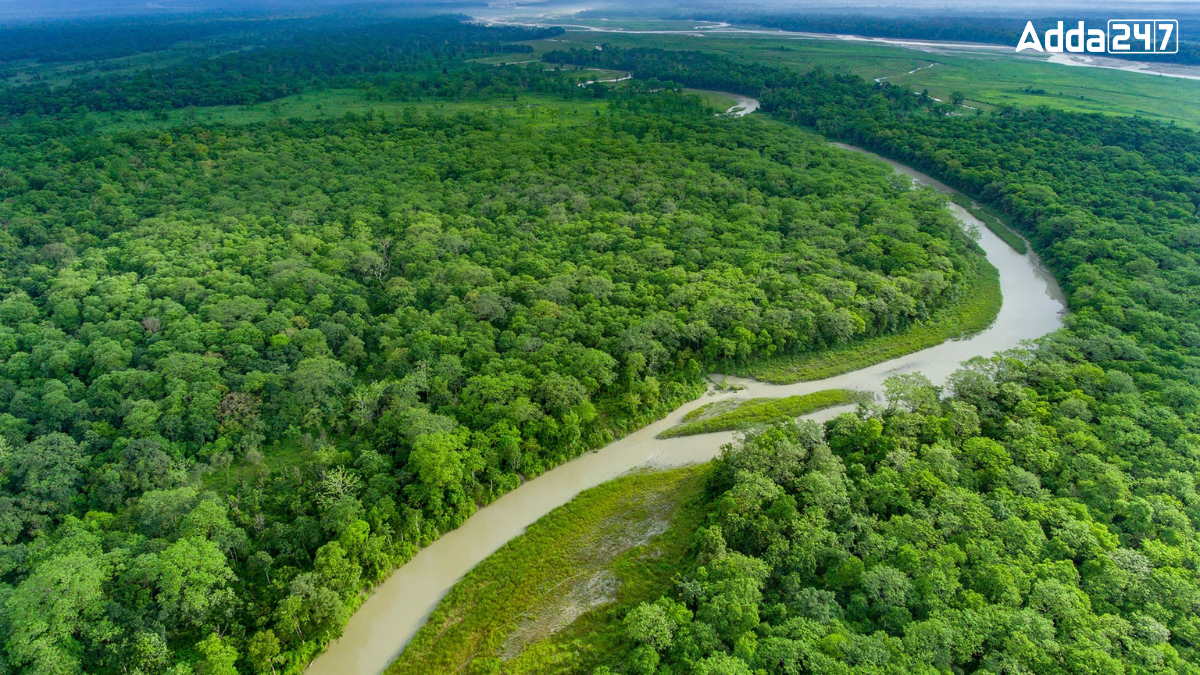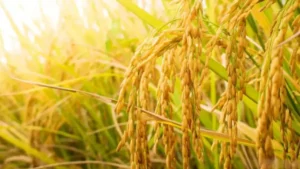Jaldapara National Park is one of the most popular wildlife parks in India. It is known for its rich natural beauty, green forests and many wild animals. The park is home to the rare Indian one-horned rhinoceros and many kinds of birds and animals. It attracts tourists, nature lovers and photographers from all over the country for its peaceful environment and exciting and wildlife safaris.
Location and Geography of Jaldapara National Park
Jaldapara National Park is located in the Alipurduar District of northern West Bengal, India. It lies at the foothills of the Eastern Himalayas, near the Torsa River. The park spans over 216.51 square kilometers (83.59 square miles), with a mix of grasslands and forest area. Its elevation is around 61 meters (200 feet) above sea level.
History of Jaldapara National Park
Originally, the area was home to the Toto and Mech tribes, also known as the Bodos, before the 1800s. The region was called ”Totopara” at that time. In 1941, the area was declared a wildlife sanctuary to protect its flora and fauna. Later, in May 2014, it was upgraded to a national park to focus on preserving the Indian rhinoceros.
Flora and Fauna of the Jaldapara National Park
The park is mostly made up of savannahs (grass fields) and some riverine forests. The main attraction of Jaldapara is the Indian one-horned rhinoceros, which has the largest population in West Bengal. Other animals you can find in the park includes:
- Indian leopards
- Indian elephants
- Sambar deer
- Barking deer
- Chital
- Hog deer
- Wild boar
- Gaur
The park is also home to many tree species. A survey found 294 species of trees in the park, showing its rich plant life.
Conservation Efforts
Jaldapara National Park has been successful in protecting the Indian rhinoceros, with the largest population of this species in the state, after Kaziranga National Park in Assam. The park’s primary goal is to ensure the conservation of its wildlife and maintain a healthy ecosystem.



 What was the Old Name of Goa? Know About...
What was the Old Name of Goa? Know About...
 Top-10 Most Searched Words in 2025, Chec...
Top-10 Most Searched Words in 2025, Chec...
 Which Crop is known as the Backbone of I...
Which Crop is known as the Backbone of I...







